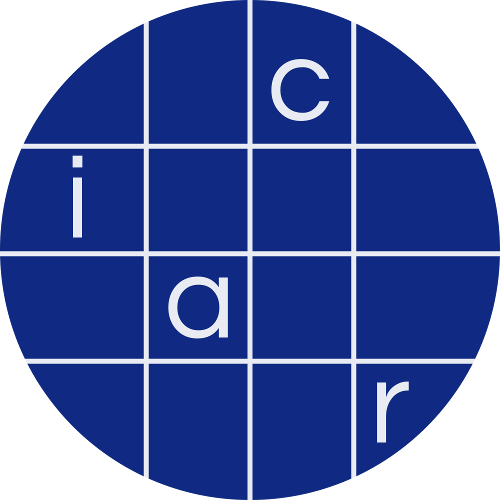CryptoDB
Guangwu Xu
Publications and invited talks
Year
Venue
Title
2025
ASIACRYPT
On the Provable Dual Attack for LWE by Modulus Switching
Abstract
As a theoretical cornerstone of post-quantum cryptography, the Learning With Errors (LWE) problem serves as the security foundation for standardized algorithms such as Kyber and Dilithium. Recently, a framework for provable dual attacks on LWE has been proposed by Pouly et al. in Eurocrypt 2024, addressing the limitations in effectiveness caused by existing methods' reliance on heuristic assumptions in LWE dual attacks. Their paper also poses an open problem on how to formally integrate modulus switching into this framework to reduce attack costs. The main purpose of this paper is to give a solution of this open problem by presenting an improved provable dual attack method that incorporates modulus switching and Chinese Remainder Theorem (CRT) techniques. First, we design a modulus switching mechanism that eliminates practical errors via the Poisson summation formula. By embedding the inherent noise from modulus switching into a rational lattice framework, our approach effectively preventing the risk of attack failure caused by the merging of such errors with LWE noise. Theoretical guarantees (Theorems \ref{main_theorem} and \ref{main_theorem_entire}) rigorously quantify the parameter ranges for successful attacks. Second, we introduce a CRT-based secret recovery method that aggregates partial secrets from independent sub-attacks. By leveraging the Chinese Remainder Theorem to reconstruct full secrets from congruence relations, our method adapts to arbitrary secret distributions. Furthermore, by using a tighter variant of Banaszczyk's measure inequality, we obtain a precise parameter range for the dual attack's efficacy through rigorous mathematical proof, and achieve the same complementary gap with the contradictory regime (proposed by Ducas et al.) as in Pouly et al.'s work. Experiments show $15$-$29$ bit superior performance in attack estimation compared to the original framework.
2021
EUROCRYPT
Pre-Computation Scheme of Window $\tau$NAF for Koblitz Curves Revisited
📺
Abstract
Let $E_a/ \mathbb{F}_{2}: y^2+xy=x^3+ax^2+1$ be a Koblitz curve. The window $\tau$-adic non-adjacent form (window $\tau$NAF) is currently the standard representation system to perform scalar multiplications on $E_a/ \mathbb{F}_{2^m}$ utilizing the Frobenius map $\tau$.
This work focuses on the pre-computation part of scalar multiplication. We first introduce $\mu\bar{\tau}$-operations where $\mu=(-1)^{1-a}$ and $\bar{\tau}$ is the complex conjugate of $\tau$. Efficient formulas of $\mu\bar{\tau}$-operations are then derived and used in a novel pre-computation scheme. Our pre-computation scheme requires $6${\bf M}$+6${\bf S}, $18${\bf M}$+17${\bf S}, $44${\bf M}$+32${\bf S}, and $88${\bf M}$+62${\bf S} ($a=0$) and $6${\bf M}$+6${\bf S}, $19${\bf M}$+17${\bf S}, $46${\bf M}$+32${\bf S}, and $90${\bf M}$+62${\bf S} ($a=1$) for window $\tau$NAF with widths from $4$ to $7$ respectively. It is about two times faster, compared to the state-of-the-art technique of pre-computation in the literature. The impact of our new efficient pre-computation is also reflected by the significant improvement of scalar multiplication. Traditionally, window $\tau$NAF with width at most $6$ is used to achieve the best scalar multiplication. Because of the dramatic cost reduction of the proposed pre-computation, we are able to increase the width for window $\tau$NAF to $7$ for a better scalar multiplication. This indicates that the pre-computation part becomes more important in performing scalar multiplication. With our efficient pre-computation and the new window width, our scalar multiplication runs in at least 85.2\% the time of Kohel's work (Eurocrypt'2017) combining the best previous pre-computation. Our results push the scalar multiplication of Koblitz curves, a very well-studied and long-standing research area, to a significant new stage.
Coauthors
- Senyang Huang (1)
- Keting Jia (1)
- Hongyuan Qu (1)
- Wei Wang (1)
- Xiaoyun Wang (3)
- Meiqin Wang (1)
- Guangwu Xu (5)
- Wei Yu (1)
- Yang Yu (1)
- Zheng Yuan (1)
- Jingyuan Zhao (1)
